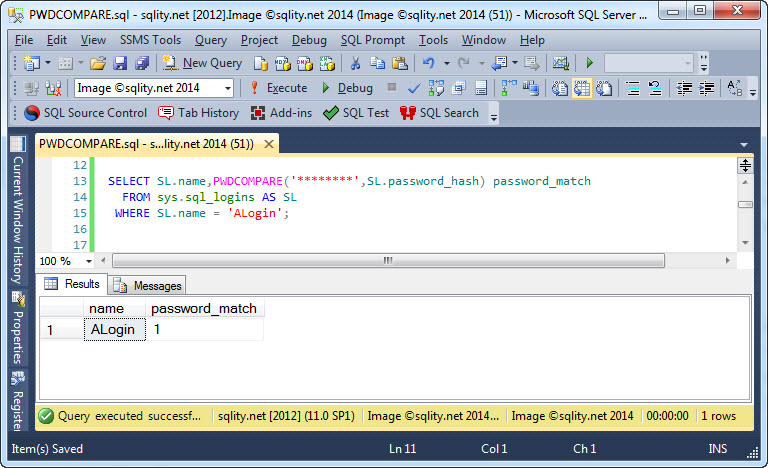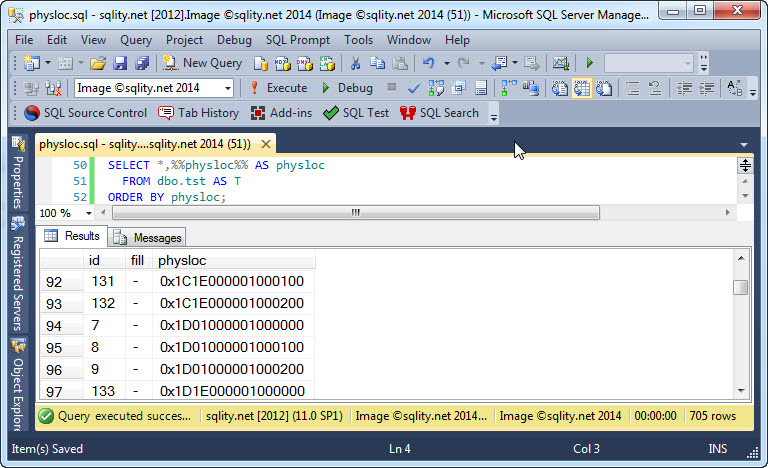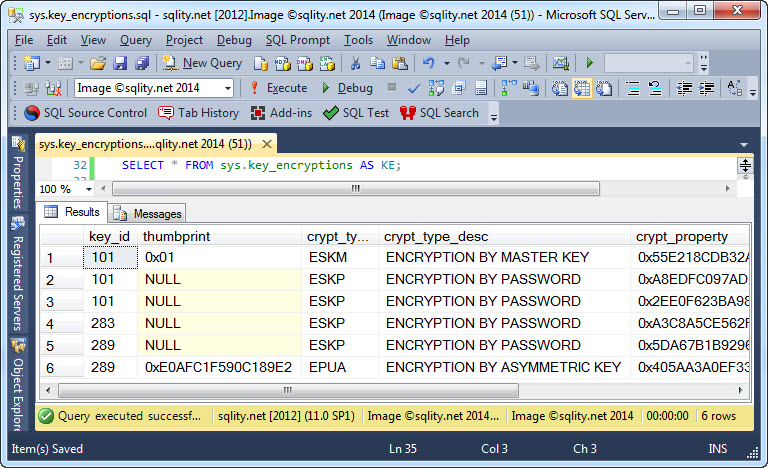Tag: SQL Server
-
Hash Algorithms – How does SQL Server store Passwords?

How does SQL Server store its own passwords? Discover which hashing algorithm is used and how you can calculate your own password hash value in T-SQL.
-
Auditing SQL Server Password Strength using PWDCOMPARE

SQL Server stores passwords as salted hash values, preventing us from directly checking or enforcing their strength. However, using PWDCOMPARE we can try to crack them to identify weak ones.
-
Where are my Rows? – Using the %%physloc%% Virtual Column

Sometimes it is helpful to know on which page exactly SQL Server has stored a particular row. You can use the undocumented %%physloc%% virtual column, together with its supporting functions sys.fn_PhysLocFormatter and sys.fn_PhysLocCracker, to find out.
-
The sys.key_encryptions Catalog View

Do you have a symmetric key in a SQL Server database but forgot how it is encrypted? Discover how you can use the sys.key_encryptions catalog view to find out which protection mechanisms were used to encrypt the symmetric keys in the current database.
-
Five Reasons why You Need to Encrypt Your PHI

Are you a covered entity under the HIPAA rules and do you store PHI (Protected Health Information) in your database? Here are five reasons why you really should encrypt that data.











